
MILLENNIALS DATA PART 3 of 6: The Wildly Different Musics Tastes of Younger and Older Millennials

Once upon a time music, and we’re not even speaking of Mozart or Beethoven, or even Miles Davis or John Coltrane, but popular music — meaning, populist, youth oriented, latter-20th century western music (music of what Casey Kasem would routinely describe as “The Rock Era”) — was a galvanizing and generation defining force.
In 20th century American history, there were — and this is just a small sampling — two World Wars, the assassinations of two U.S. Presidents, and the resignation in disgrace of another, a Great Depression, the emergence of the automobile, television, the internet, and multiple men successfully traveling to the moon and back. And yet, one would not bat an eye if on a list of America’s biggest moments during the 20th century the release of “Heartbreak Hotel,” or The Beatles arriving on America’s shores for the first time were included. 1969’s The Woodstock Music & Art Fair would also not be too controversial an entry on such a list.
But we live in a time in mankind’s history where stimuli is coming at the privileged world, from all directions, and at an unprecedented pace. The younger people have known it any other way. People still love music, perhaps on some level more than ever, but it seems unlikely with the number of people making music in the first place having grown exponentially over the decades, and the recording and distribution of music involving the least overhead ever — since the advent of recorded sound — that any single artist could ever be considered a “spokesperson for his or her generation.”
There are reasons to suspect this is a good thing. Still, if you look at the trends on social media especially, pop music and musicians still dominate. Again, these Millennials in this younger grouping are 18 to 24, not 14 to 24. The top three placements are a little alarming, but we resist judgment.
Zayn, a once controversial defector from the One Direction camp managed to retain 1D’s fan base’s loyalty, while perhaps gaining a new audience in the process. 5 Seconds of Summer are, as of a few years ago now, a legitimate YouTube success story, as is Austin Mahone. Turning beloved YouTube channels into lucrative record deals, and massive pop careers (a certain Mr. Bieber being the one who most brazenly blazed that trail). Then we’ve got a bit of hip hop, and the one Jonas Brother to remain most relevant, or at least maintain the most relevant abs.
TOP 10 MUSICAL ACTS WITH MILLENNIALS AGES 18 to 24 RELATIVE TO 35–34 YEAR OLDS
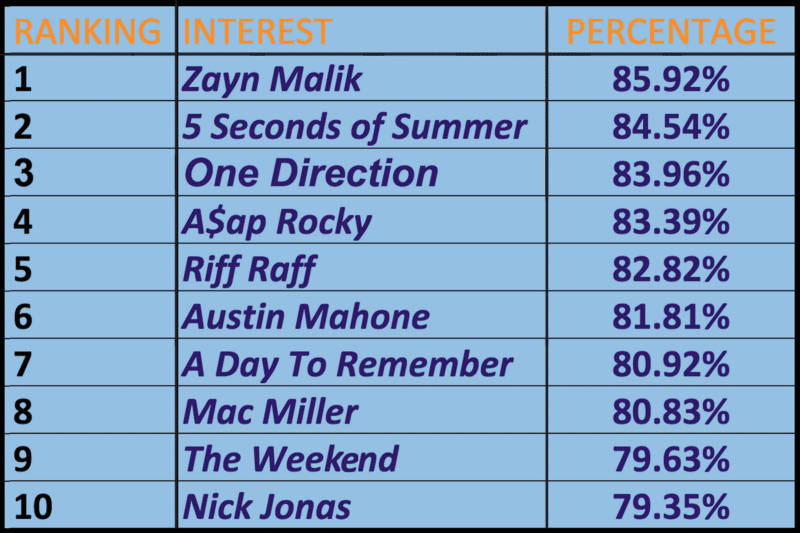
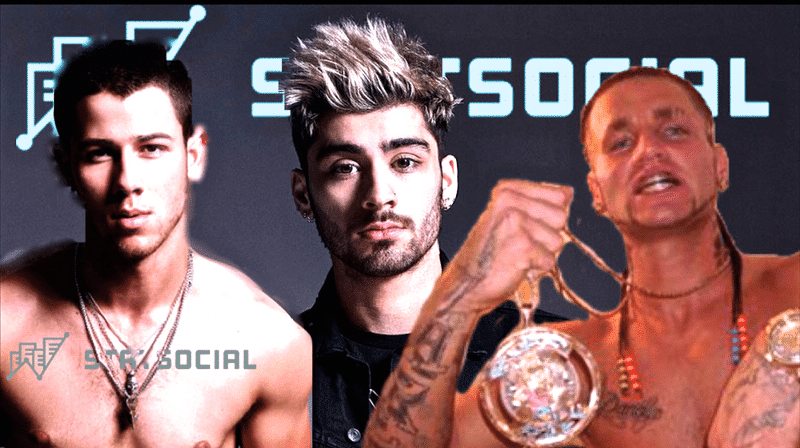
The fact remains, this isn’t a list of exciting college radio rock. It’s music that was largely intended for adolescents. But for some reason has endured into these Millennials reaching college age.
But again, when we dive into the list of older Millennials, the contrast is stark. We show that not only should you not market to a generation, but that even your preconceived notions about the age groups within a generation may not be 100% accurate.
TOP 10 MUSICAL ACTS WITH MILLENNIALS AGES 25 to 34
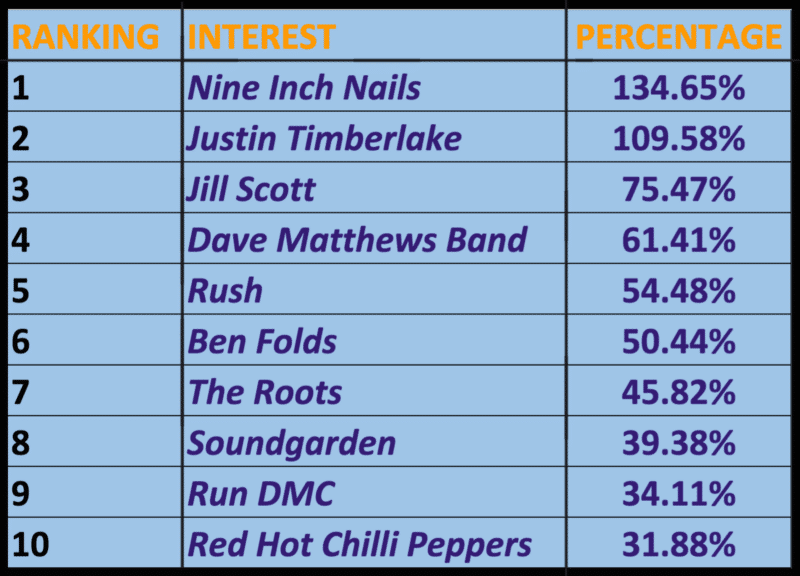
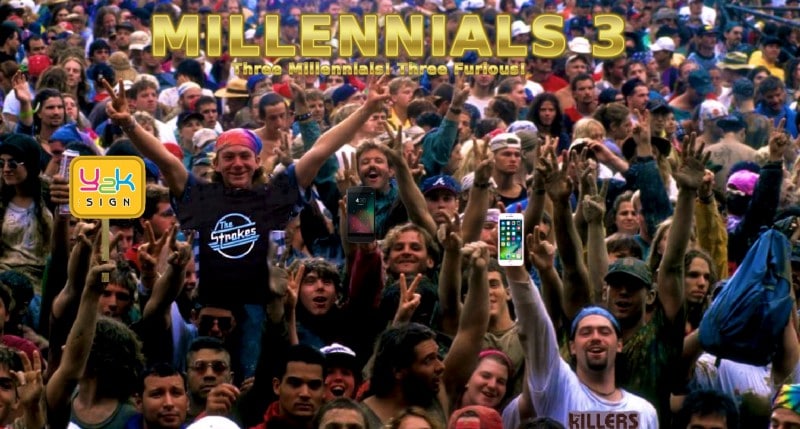
Very Gen X, don’cha think. Soundgarden? Red Hot Chilli Peppers? Nine Inch Nails? But that’s classic rock to these kids. Of course actual classic rock pokes its head in, as it must, with Canada’s proudest sons (it says something when you come from a country that has produced Celine, Alanis, Bryan Adams, Avril, and Shania, that you are still the first musical act people associate with your country); the almighty Rush. Each new generation will have those kids. The kids drummer and lyricist Neil Peart wrote about in “Subdivisions.”
The ones for whom these lines are the deepest ever written.
Any escape might help to smooth
The unattractive truth
But the suburbs have no charms to soothe
The restless dreams of youth
Nice to see Run DMC make the list, though.
DJ Run, now Rev Run, who had abandoned his turntables for a microphone while temporarily keeping the DJ moniker, spoke autobiographically and perhaps more abstractly. But it’s nice to see a new generation is connecting with his — and his partner DMC’s (or Daryl McDaniels) — rhymes as well. Such as…
Took a test to become an MC
And Orange Krush became amazed at me
So Larry put me inside his Cadillac
The chauffeur drove off and we never came back
Dave cut the record down to the bone
And now they got me rockin’ on the microphone
And then we talkin’ autograph, and here’s the laugh
Champagne, caviar, and bubble bath
But see, that’s the life that I lead
And you sucker MC’s is who I please
So take that and move back, catch a heart attack
Because there’s nothin’ in the world, that Run’ll ever lack
I cold chill at a party in a B-boy stance
And rock on the mic and make the girls want to dance
Fly like a Dove, that come from up above
I’m rockin on the mic and you can call me Run-Love
The Rush lyric has more to do with my upbringing, but then as now I vastly prefer the youthful work of the man who now goes by Rev Run. With all due respect to Rush who seem like lovely guys, and have had a 40-plus year career, quietly enormously successful, and seemingly one that entailed virtually no compromise.
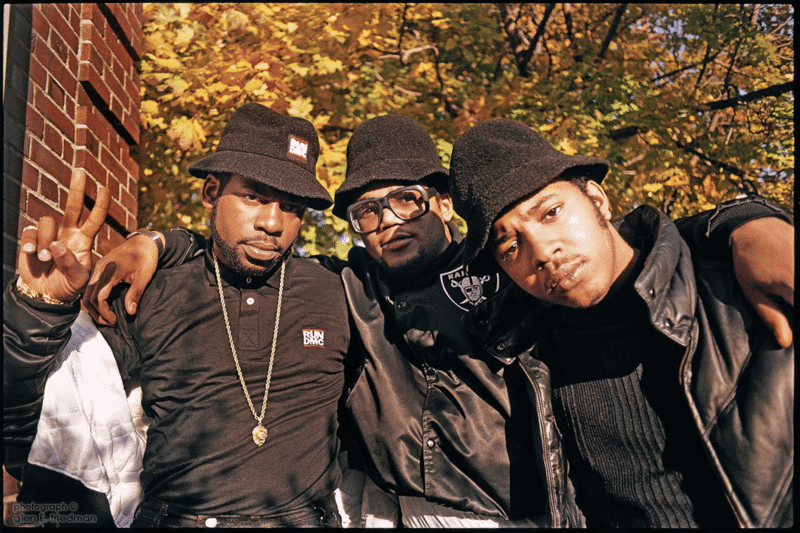
Joseph Simmons, aka DJ Run/MC Run/Rev Run, is the brother of hip hop impresario Russell Simmons. Russell’s management company back in the day was called Rush Management. So this could get real confusing, real fast, if I don’t move on.
Justin Timberlake does sell records when he bothers to make them, but has become a pop culture figure beyond music. Older Millennial women, especially, seem to enjoy it when he and Jimmy Fallon clown around. Handsome, well-dressed, 30-something men, usually doing a rap medley, at least for a time, was viral video gold. Perhaps that’s no longer a thing, but I doubt we could be quite so lucky.
Still, NSYNC would have been the boyband — the One Direction, if you will, only with much more talent (have you ever watched a video of the choreography those kids used to do, while singing live?) — for this generation (the older Millennials). So, his inclusion makes maybe the most sense, in a way, of anyone on this list. But that’s if you’re operating under prejudices and preconceived notions, and our whole point here is that you can’t and should not — as a marketer — do that. StatSocial makes your best educated guess irrelevant, as it provides you with cold, hard facts.

These lists speak for themselves, really, and make our point with sufficient clarity. If you were to market to these two groups as a single entity, you may as well be screening F.W. Murnau’s Nosferatu to a group of elementary school students on a rainy day. *
*This is not a bizarre non-sequitur, but indeed a childhood trauma endured by two of the author’s friends. Whomever rented films to be screened during lunchtimes on rainy days at their elementary school evidently was under the impression that all silent films were, more or less, like Buster Keaton or Laurel & Hardy. Many, many, many angry phone calls from distraught parents attempting to calm their hysterical children later (I guess some teacher just put on the film, and left), an unexpected — and frankly unwelcome — lesson was learned by all about German expressionism.
— — — — — —
For more information, visit StatSocial and scroll down. There you will find links to sample reports, and much more.
